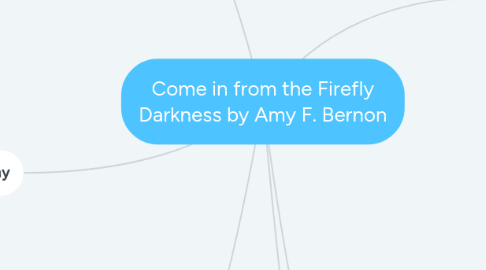
1. Form/Structure
1.1. ABAB
1.1.1. What differentiates A from B?
1.1.1.1. Write in music which section is which
1.1.1.2. Stand/sit when there is a change in section
1.1.2. A repeats, B repeats, A solo, A tutti, D.S. al coda (B), B
1.1.2.1. Tutti = ?
1.1.2.1.1. Everyone/all voice parts
1.1.2.2. Coda = ?
1.1.2.2.1. "From the sign"
1.1.2.2.2. "To coda"
1.1.2.2.3. Locate and mark/circle codas with page numbers
2. Harmony
2.1. SSA
2.1.1. Split class in warm ups and energize the ear with pitch discrimination
2.1.1.1. Choose chords in the song or make up your own
2.1.1.2. 'Mah, meh, me, mo, moo' on the root, 3rd, and 5th going up half steps
2.2. Contrapuntal Courtesy
2.2.1. Stand up when you think your part is important
2.2.1.1. Point to the part that you think is important if it is not your part
2.2.2. How do we balance?
2.2.2.1. Important to listen to your neighbor
2.2.2.2. Should be able to hear other parts while you are singing your own part
2.2.2.3. Who has the melody? When do they have the melody?
2.2.2.3.1. Circle important parts that should be brought out
2.2.2.4. Which part is entering with a new idea?
2.2.2.4.1. Are they more important?
2.2.2.4.2. Put a new idea/entrance in parentheses
2.2.2.4.3. Raise your hand if your voice part has an important entrance that should be considered
3. Tonality
3.1. F major
3.1.1. Sing scale to differentiate from harmonic minor/major
3.1.1.1. Sing difficult sections on solfege
3.1.1.2. Begin teaching song by sight reading on solfege or writing solfege in music during difficult parts
3.1.2. Relate to scale with solfege
3.1.2.1. Have students sing solfege patterns that follow major
3.1.2.2. Split class into SSA
3.1.2.2.1. Each part gets a different pitch (see p. 8, m. 58 as example)
3.2. How does this mode/tonality add to the song?
3.2.1. Active thinking: how is it used in the song? Does it add to the meaning, text expression, color...?
3.2.2. Haunting yet beautiful
4. Expression
4.1. Dynamics
4.1.1. Speak through text using dynamics, whisper for pp/p and strong speaking voice for f/ff
4.1.2. Find common dynamic motions throughout the piece
4.1.2.1. forte --- piano
4.1.2.2. pianissimo --- fortissimo
4.1.2.3. mezzopiano --- piano
4.1.2.4. Show this moment with your body
4.1.2.4.1. Up to student how they express this movement, it could be with their bodies, hands, etc.
4.2. Text
4.2.1. Decide what the general meaning of the song is by putting lyrics into a poetic form
4.2.1.1. Individually analyze poem and how it may personally connect to each student individually
4.2.2. Unvoiced consonants (e.g. firefly)
4.2.2.1. "fa, fa, fa" warm up to feel moving from unvoiced cons. to vowel
4.2.3. Find one word to describe different sections
4.2.4. Is there a deeper meaning of firefly?
4.2.4.1. Usually a symbol of light or illumination
4.2.4.1.1. Oxymoron: firefly darkness
4.3. Playing with color
4.3.1. Brighter/light for joyful
4.3.2. Darker for suspense or sadness
4.3.3. Anticipative for hope
4.3.4. As a warm up: sing a phrase such as "I love to sing" and switch color/tone
4.3.4.1. We can use our voices alone to make a song more expressive
4.4. Expression with your face
4.4.1. Warm up by loosening face/tension AND showing the power of facial expressions
4.4.1.1. Happy faces
4.4.1.2. Sad faces
4.4.1.3. Hopeful faces
4.4.2. Over-exaggerate facial expressions
4.4.2.1. Learn how to tone it slightly down for performances
4.4.2.2. Show a happy balance
4.4.3. A student can come forward and watch to see if everyone is using facial expressions
5. Rhythm
5.1. 4/4
5.1.1. Macrobeat = quarter note
5.1.1.1. Side step to the macrobeat
5.1.1.2. Tap macrobeat on your neighbor's shoulder
5.1.2. Microbeat = eighth note
5.1.2.1. Tap eighth notes on collarbone
5.1.3. Simple quadruple
5.2. Syncopation
5.3. Ties
5.3.1. Relating value of a tied note to how many eighth notes it breaks down into
5.3.1.1. Above tied note, write in individual eighth notes
5.3.1.1.1. Tap eighth note on collarbone
